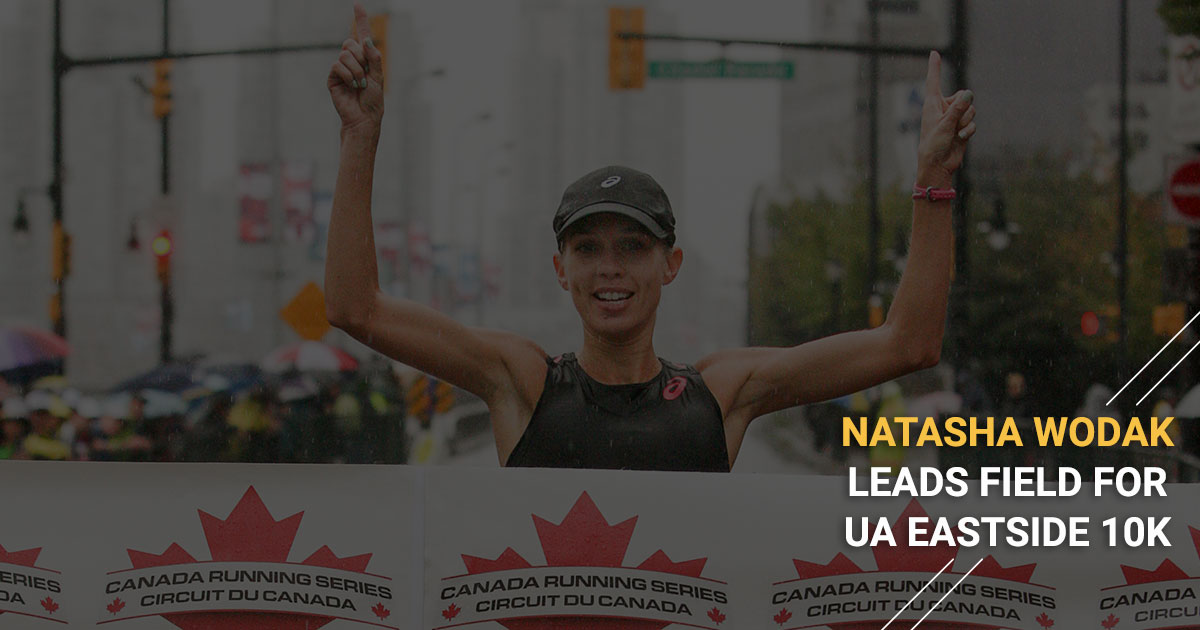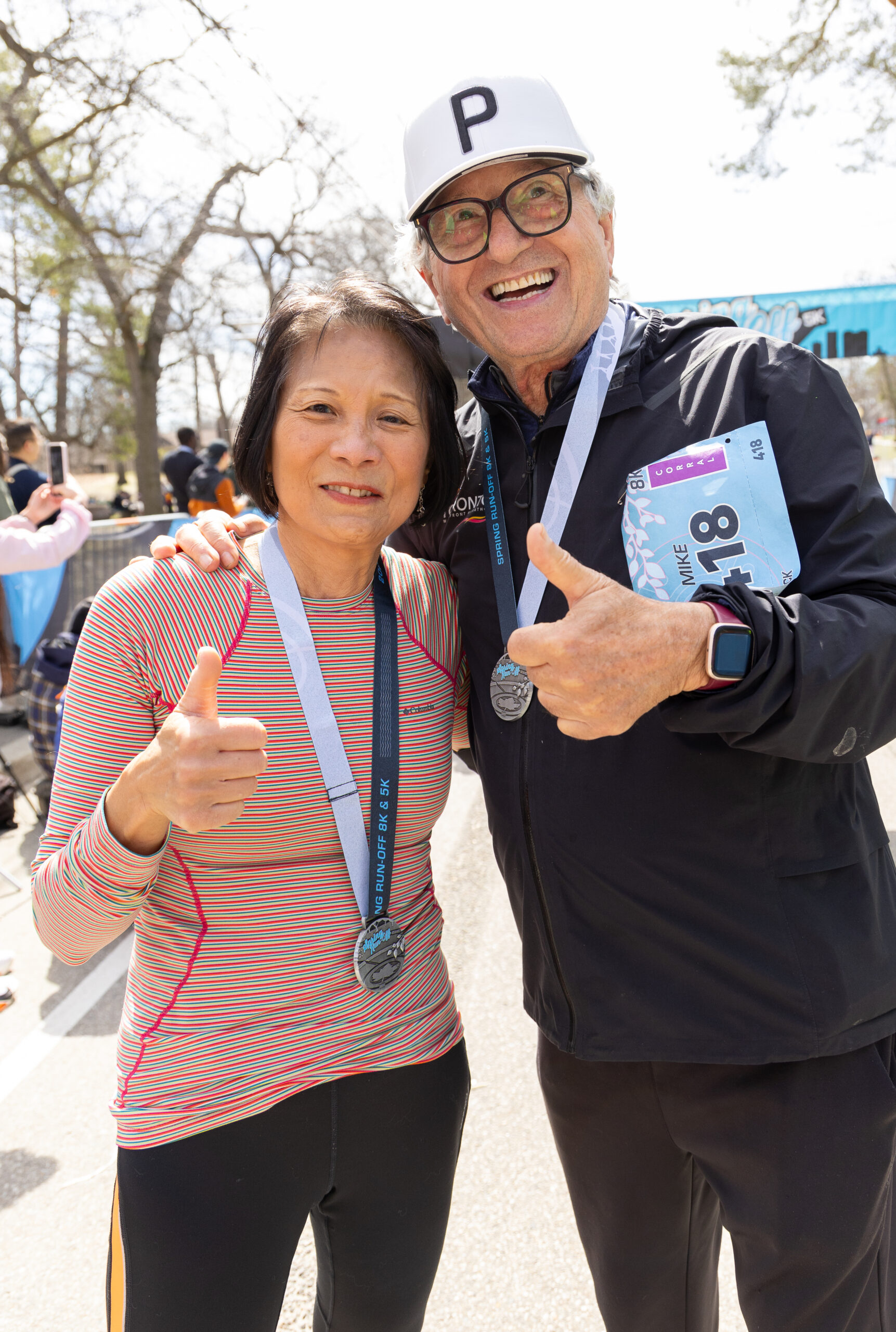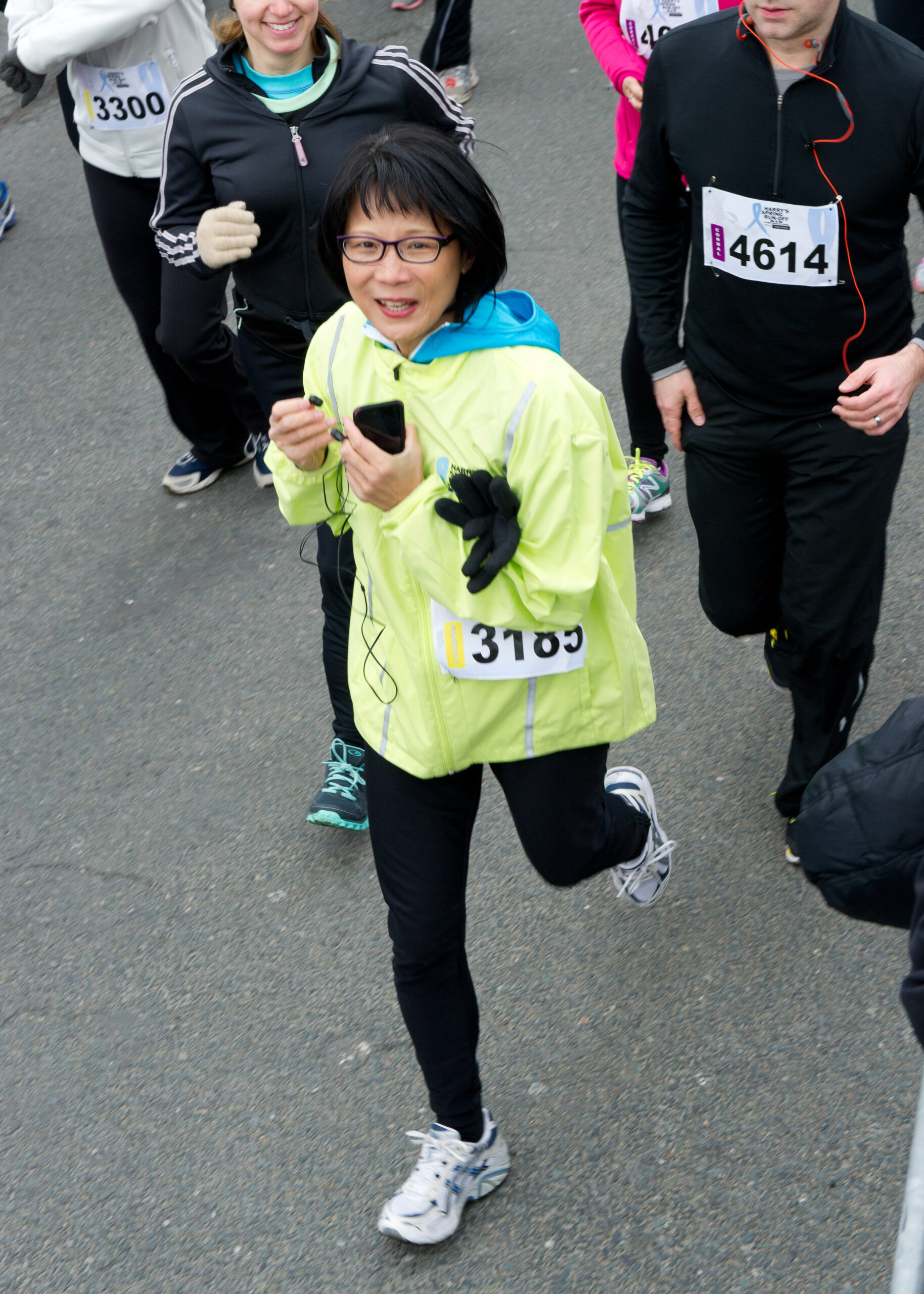Every year we’re joined by hundreds of new runners at the Under Armour Eastside 10k. We’ve taken some tips from the seasoned runners out there and come up with the ABC’s of how to set yourself up for a great race – both before and after the event.
While this guide is primarily aimed at new runners, it’s always good to refresh your memory even if you’ve been racing for decades! Also be sure to check out our Race Etiquette Page.
Before the Race
A – Know where you need to be and when
This may seem obvious, but it’s so often overlooked. You can save yourself a amount of stress on Race Day (and the days leading up to it) by knowing where to go and when. This includes knowing where to pick up your race package and bib number in the days leading up to the race, as well as how to get to the start line.
- Package Pickup – ALL participants must pick up their race package and bib number at Package Pickup before Race Day. Package Pickup is located at the SFU Segal Building — 500 Granville St (Granville @ Pender) and is open on Friday September 15th from 11:30am to 6:30pm, and Saturday September 16th in the Woodwards Atrium from 7am-8am. More details here.
- Start Line – The run will start and finish on Cordova Street, near the Woodward’s Development. Your best way to get to the Start Area is to take public transit. To plan your trip, click here and select your starting location then choose Transit direction. Woodward’s is a short walk from either Waterfront Station or Stadium Skytrain Station. The second best way to get there is to bike, as BEST will be providing a complimentary and secure Bike Valet right beside the Start/Finish Line.A reminder that road closures will be in effect for the event, so please leave extra travel time. Recommended routes into Downtown are Hastings Street, Georgia Street, and Cambie Street Bridge.
 Driving to the start line? The easiest access/parking option is to take Cambie Street northbound to Cordova, then turn right to access the parking garage off of Cordova Street. Note that this access route is only possible until 8:15am, after which Cordova Street will be fully closed for the start of the race. If you are dropping someone off, please do so on Hastings Street.For full road closures details click here.
Driving to the start line? The easiest access/parking option is to take Cambie Street northbound to Cordova, then turn right to access the parking garage off of Cordova Street. Note that this access route is only possible until 8:15am, after which Cordova Street will be fully closed for the start of the race. If you are dropping someone off, please do so on Hastings Street.For full road closures details click here.
B – Don’t do anything new! We mean it!
A common mistake is to try something new just before or on Race Day. This could be anything from wearing a new pair of shoes during the run to changing up your diet the day before. If you typically eat a simple pasta the night before your training runs, don’t try out that new sushi place around the corner on Friday night. If you don’t usually have coffee before your training runs, don’t go for a double espresso on Race Day morning. Stick with what works for you – from your meals to your running clothes to your morning routine.
C – Start in the right corral
What’s a corral? In order to give everyone their best experience on Race Day, runners are typically assigned into a corral based on their predicted finish time. At the #UAeastside10k all runners will self-assign themselves to a estimated finish time. Speedsters can start at the front of the pack while walkers start further back. Please be respectful of other runners and line up according to your expected finish time, and be honest in your approximations. Please also be mindful of other runners who may need to pass you on course. Keep in mind the race start closes 10 minutes after the scheduled start time. Make sure you arrive on time.
| Corral colour |
Est. finish time |
Start time |
| Black |
Elites |
8:30am |
Red |
< 50min |
8:30am |
 Yellow Yellow |
50–58min |
8:30am |
Blue |
58–66min |
8:30am |
Green |
66min + |
8:30am |
Corral details for the race here.
BONUS – use our Gear Check to store a bag of warm, dry (and less-sweaty) clothes for after the race. Your $2 donation will go to our Featured Charities.
During the Race
A – Make sure your bib number is on your front and visible
We use a bib-tag timing system, which means your timing chip is embedded in your bib number. In order for it to work properly and have your time recorded:
- Do not remove the “bibTag” or foam spacer from your bib.
- Do not fold your bib or excessively bend or twist the “bibTag”.
- Wear your bib on your chest/abdomen. Do not wear on your back, side, leg or arm.
- Do not cover your bib with clothing – always make sure it is completely visible.
- Make sure you cross over the timing mat at both the Start Line and the Finish Line.
***Start Line will CLOSE 10min AFTER THE SCHEDULED START TIME ***
B – Start slow and stay even
It’s easy to get caught up in the excitement of Race Day and start out too fast. Do the opposite – start a little slower than your normal pace and gradually pick up your pace over the first kilometre. After that, try to keep an even pace throughout the race and save your extra energy for the final push to the Finish Line!
C – Be prepared for whatever Mother Nature brings
No one knows what the weather will be in September, so it’s important to be prepared for anything. If it’s hot, bring your own water, but we’ll also have plenty of aid stations on course, serving up both water and Gatorade. If you are using one of the aid stations:
- When approaching a hydration station, move to the side of the road, grab your fluid/nutritional needs and keep moving. There will be multiple hydration tables so if the first table is busy KEEP MOVING.
- There will be water refill stations for those runners carrying their own bottles.
- Throw your used cup to the side of the road as close to the hydration station as possible, ideally in one of the marked bins. Drop your cup down by your waist so you don’t hit/splash another participant. Please don’t litter on the course after passing the last aid station garbage bin.
- If you plan to stop at the aid station, move past the tables and pull off to the side of the road.
- Say thank you to the volunteers!
After the Race
A – Keep moving
Collect your medal as you cross the Finish Line, then keep moving through the chute until you get to the Post-Race Recovery Area. Keep moving for at least 10 more minutes afterwards to gradually bring your heart rate down and help your legs flush out that lactic acid (this will prevent you from being stiff tomorrow).
B – Refuel and rehydrate
Right after the finish line we’ll have water and Gatorade for you to rehydrate with. Grab a cup and keep walking – there will be more in the Post-Race Recovery Area. A variety of snacks will be available in the Recovery Area, including bananas, bagels, Powerbar, cookies, juice, and yogurt. The carbs will help replenish your energy stores while a bit of protein will help rebuild your muscles. Make sure you eat something within 30 minutes of crossing the line.
There will also be an Under Armour stretching station after the Finish Line, so you’ll have a designated area to do a proper cool-down and post-race stretch!
C – Get warm and enjoy the Finish Area
After you’ve fueled up, stop by Gear Check to collect your spare clothes. Even on a sunny day, your core temperature will drop fast once you stop moving, especially when you’re still wearing sweaty clothes. Once you’ve done that, check out the Awards Ceremony (9:45am).
Post-race brunch is always key. There are many excellent restaurants in the area, including The Charles Bar that is putting on a special brunch from 9:30-11:30am. You must buy a ticket ahead of time, which will be given to you at package pickup. Click here to reserve your spot!
Congratulations! Now it’s time to start planning your next race – registration for the 2018 Scotiabank Vancouver Half-Marathon & 5k, or the 2018 Under Armour Eastside 10k opens after the race on Saturday!





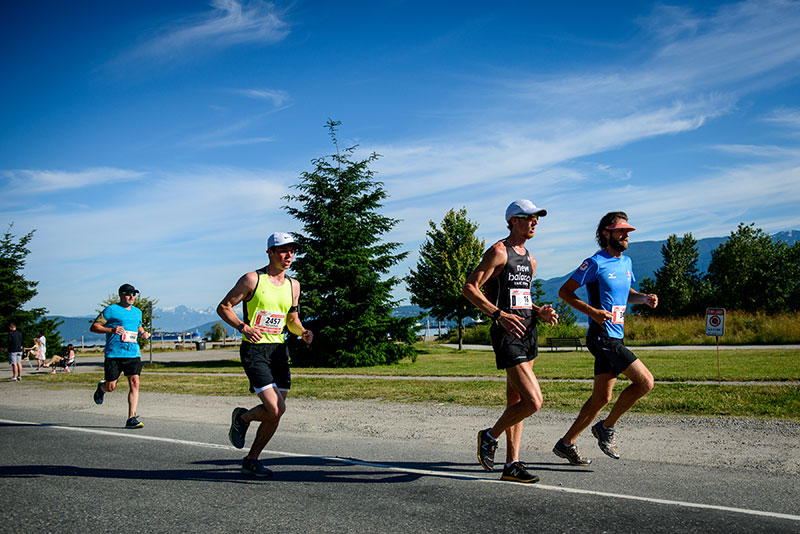
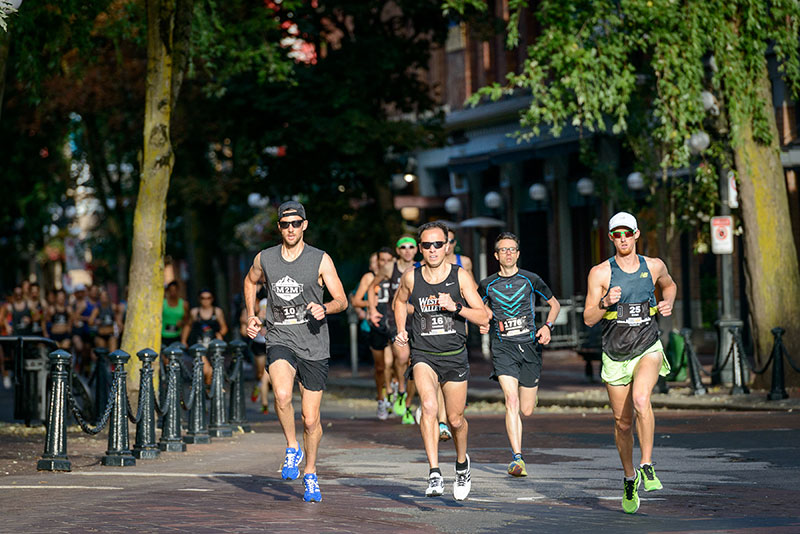


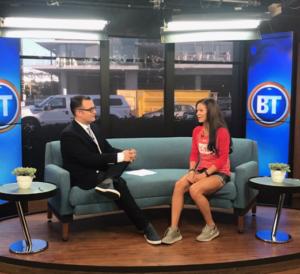


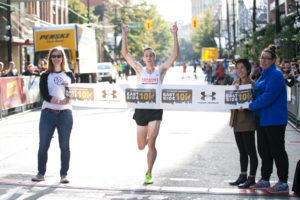
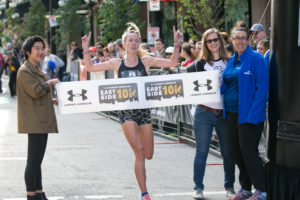
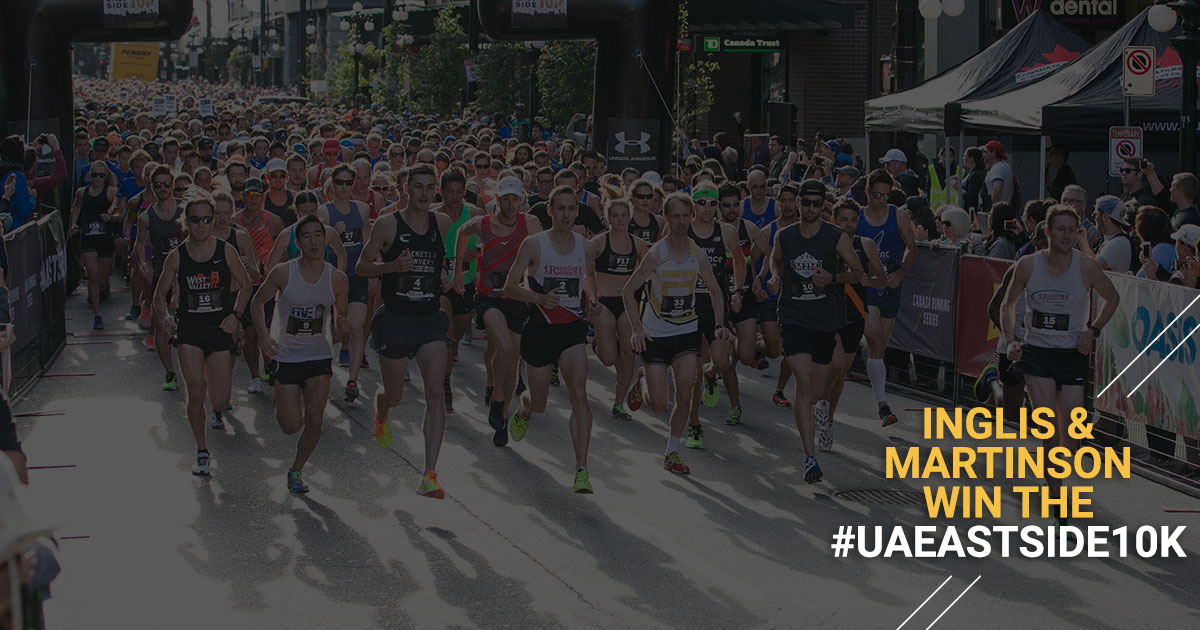
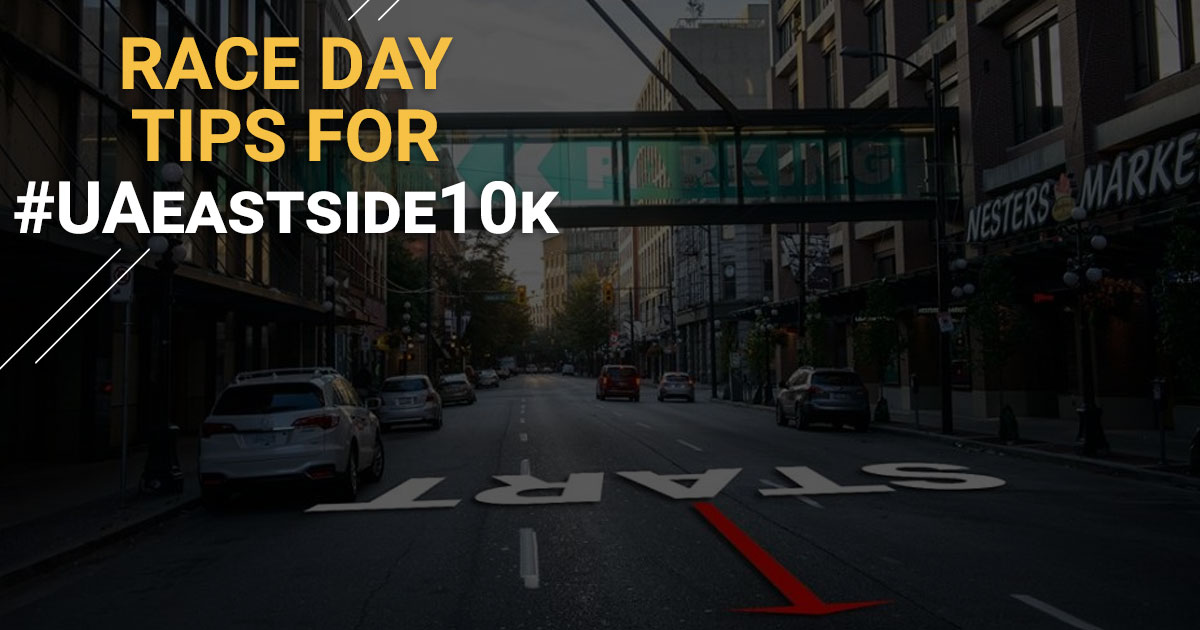



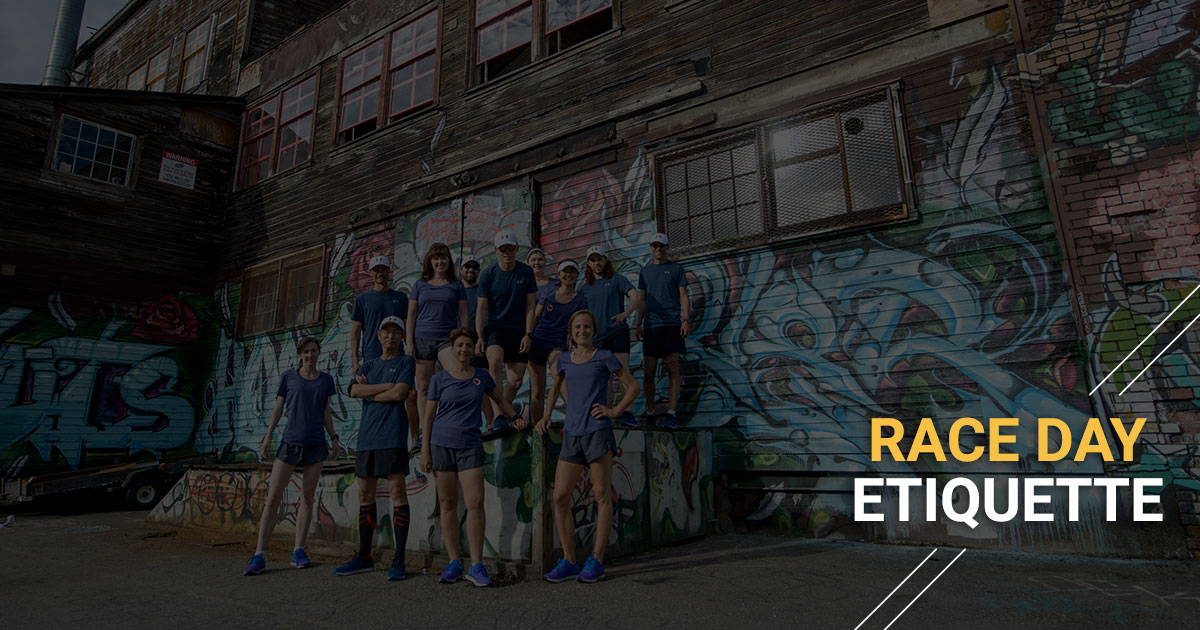
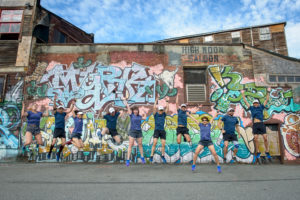 Many races have a group of volunteers that run the race to help others reach their goals. These pacers, sometimes known as pace bunnies, are a valuable tool for staying on target for your goal. When following a pacer, always keep an eye on your own time as well, just in case. At the Under Armour Eastside 10k, there are 16 pacers for a number of race times. The pacers will have matching pacer kits on, and will hold a sign with their designated pace time on it. Hop in to whatever group matches your personal goal and let the camaraderie of others help pull you along! The pacers will be as follows:
Many races have a group of volunteers that run the race to help others reach their goals. These pacers, sometimes known as pace bunnies, are a valuable tool for staying on target for your goal. When following a pacer, always keep an eye on your own time as well, just in case. At the Under Armour Eastside 10k, there are 16 pacers for a number of race times. The pacers will have matching pacer kits on, and will hold a sign with their designated pace time on it. Hop in to whatever group matches your personal goal and let the camaraderie of others help pull you along! The pacers will be as follows: